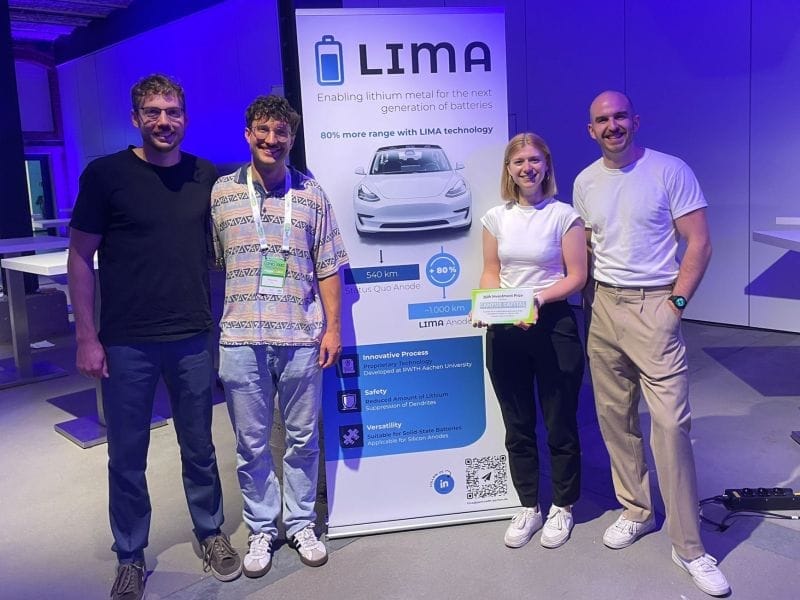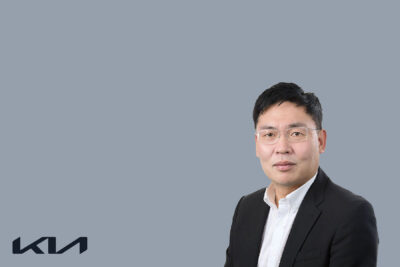RWTH Aachen University presents new process for ultra-thin lithium metal anodes
Ultra-thin lithium metal anodes are considered key components for next-generation batteries – especially solid-state batteries. However, coating them is a challenge. The state of the art is ‘cost-intensive, limited in layer thickness and difficult to scale,’ according to researchers from the Chair of Production Engineering of E-Mobility Components (PEM) at RWTH Aachen University. In contrast, the new method from Aachen enables inexpensive and industrially feasible production of lithium foils with optimised electrochemical properties.
Those responsible describe the controlled application of liquid lithium to substrate foil as the core of the technology. “The new technology has the potential to create a European independent production capacity for lithium metal anodes,” commented PEM director Professor Achim Kampker. What’s more, the LIMA process can save a significant amount of lithium, depending on the initial thickness of the foils used.
The background to this is that in the conventional process, lithium foils are produced using complex, multi-stage rolling processes in which 100-micrometre-thick foils are rolled out to 30 to 70 micrometres and then laminated onto copper foil. However, since many applications only require 20 to 25 micrometres, “current process results in considerable material loss,” as the researchers emphasise. The ‘LIMA’ method, on the other hand, does not require lamination. Instead, a lithium ingot is melted down.
“In contrast to existing processes, which fail due to the difficult workability of lithium or do not achieve the necessary layer thickness, we make targeted use of the challenging material properties,” explains PEM expert Gerrit Bockey. In addition to material savings, the concept also offers greater process control and flexibility: “The layer thickness can be precisely controlled – without the mechanical post-processing that was previously necessary.”
The technology was developed as part of Bockey’s dissertation, and the RWTH researcher is also the designated co-CEO of the company ‘LIMA’. The background to this is that the research is part of the ‘EXIST – Startups from Science’ programme. Its intention is to spin off a company in order to further develop research results with startup potential. The ‘LIMA’ team consists of Aachen-based researchers Gerrit Bockey, Jonas Gorsch, Junia Dietert and Hendrik Minis Pai.
This article was first published by Cora Werwitzke for electrive’s German edition





0 Comments